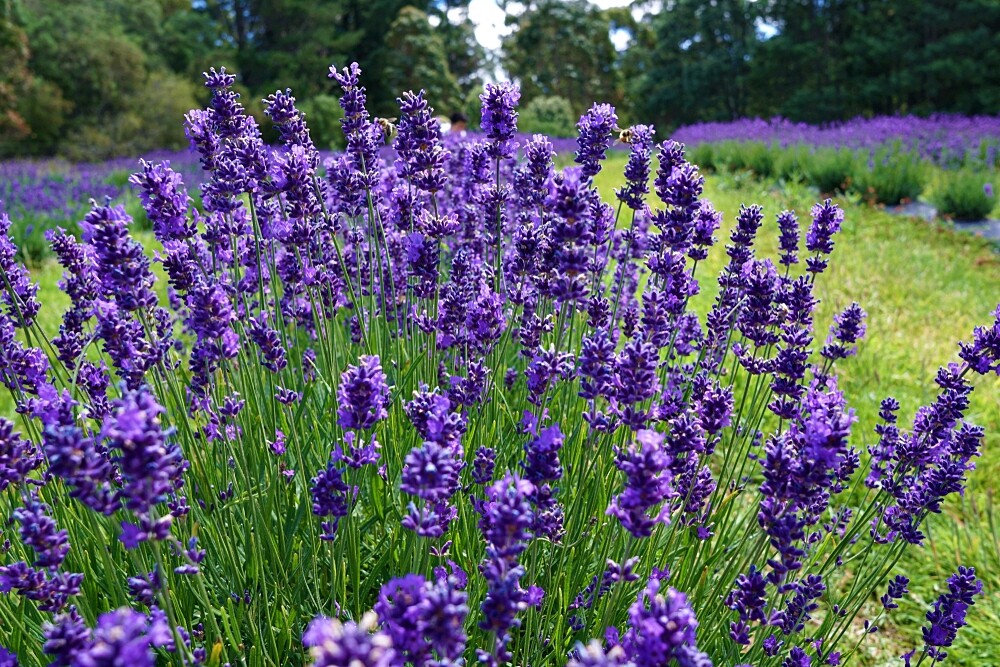We would like to have the summery scent of lavender everywhere in the garden. You can find out how to propagate lavender easily by using cuttings here.
Propagating lavender: Time
Lavender can be easily propagated by cuttings: Late summer or spring is the best time for this. If you propagate in spring, you do not need to bring your small lavender cuttings through the winter. In late summer you have the advantage that you can plant the lavender directly after the winter. You should only use this method if you have a cold frame or a greenhouse available.
Note: In general, lavender should be cut into shape in spring and the faded flowers should be removed in summer. So you can directly use one of these two possibilities to propagate your lavender!
Lavender propagated by cuttings
You need:
- Breeding trays (Alternatively, you can cut rolls of kitchen paper to the appropriate size and use them as breeding pots; then place them in a tray filled with soil)
- Growing soil/ coarse sand
- Garden shears
- Atomizer bottle with water
Prepare growing tray: Mix coarse sand and soil in equal parts and fill the bowl. Then moisten the soil and press everything gently and firmly. You can use a small board or something similar for this.
Instructions
- Cut off as many lavender branches as you want to propagate with the garden shears. The cuttings should be about ten centimetres long. Young shoots that are unbranched and have no flowers, but at least two to three leaves, are best suited for this. You should also not use woody shoots. If you want to propagate in late summer, the withered flowers should be removed before. Make sure that the cut surface is at an angle so that the lavender can better absorb water later.
- Remove all leaves of the lower third, so that they do not rot later in the soil, as well as the upper shoot tips (this makes the cuttings branch better later).
- Place the lower third of the cuttings in the growing soil and press the lavender lightly with your fingers. Water the plants with the spray bottle.
- Attach a foil or a cultivation cover to the tray so that the moisture does not escape.
- Place the bowl in a bright, warm place – but the cuttings should not be placed in the blazing sun either. If you propagate them in late summer, their winter location must be frost-free.
- Now do not forget regular watering and airing! Attention: Lavender should be moist and not wet.
- Within 4 to 6 weeks the plants develop roots and must then be planted in pots to have enough space.
- As soon as the plants have grown and developed shoots, they should be pruned with garden shears. This way the plants will be denser later!
- Lavender, which was propagated in late summer, is ready to be planted in the flower bed in spring. Spring cuttings, on the other hand, can be moved outdoors in the early summer months.
Did you know? Lavender has essential oils that drive away ants, aphids and other pests!

